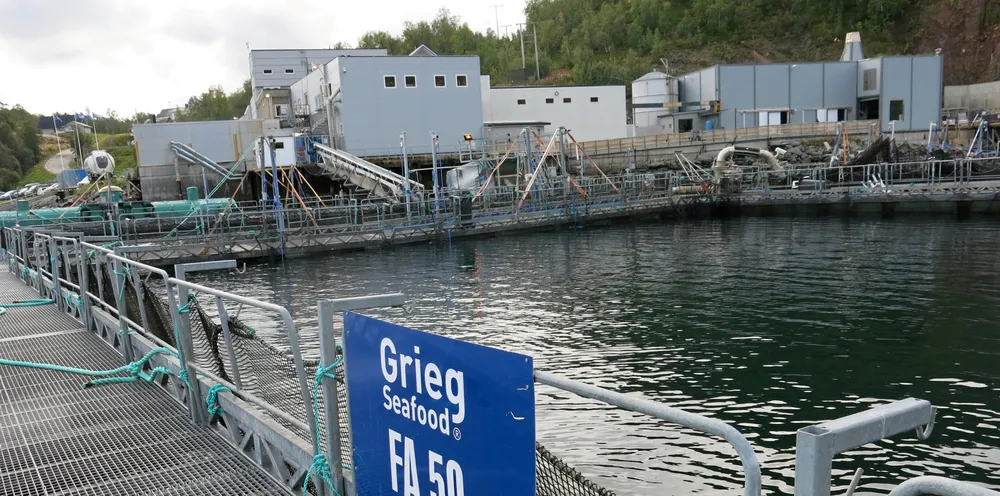Chlorine leak kills 96,000 salmon at Grieg Seafood facility in Norway
The financial consequences of the incident have not been clarified, but the fish were insured, said Grieg.

The financial consequences of the incident have not been clarified, but the fish were insured, said Grieg.
